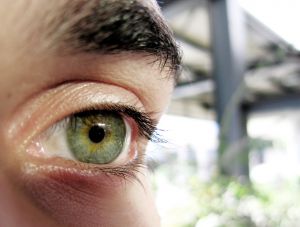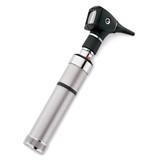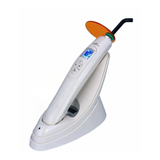A breakthrough by researchers at The Vision Centre offers new hope to people who suffer vision loss due to constant exposure to bright sunlight or artificial lights – such as construction workers, sportspeople, fishermen, farmers, welders, actors, entertainers and others.
Dr Krisztina Valter and PhD researcher Rizalyn Albarracin at The Vision Centre and Australian National University have shown that pre-treatment with near infra-red light prevents a build-up of scar tissue in the retina causing subsequent harm to sight.
"There’s a group of cells that look after our vision and work behind the scenescalled Müller cells. They act to protect the retina by clearing toxins and inducing healing whenever there is injury to the vision cells,"says Albarracin
"However, their protection is a double-edge sword for the eyes. When the retina comes under extreme stress, as .when it is exposed to intensely bright light and loses a large number of vision cells, the Müller cells can over-react by multiplying and forming scar tissue behind the retina," she says.
"When this occurs, two things happen: first, the vision cells close to where the scar tissue forms will stop working.
"Secondly, the scar tissue blocks the blood supply to the outer retina, so that other vision cells are starved of oxygen, glucose and other nutrients vital to their survival.
"As a result more vision cells die, which in turn provokes Müller cells to work even harder, forming more scar tissues and setting up a vicious cycle," Albarracin explains.
"We found that the treatment with mild NIR successfully inhibits the Müller cells from multiplying and forming scar tissue," says team leader Dr Krisztina Valter.
"Technically, our results showed that 670 nm light pretreatment ameliorates light-induced changes in the expression of Müller-cell specific markers for structure, stress, metabolism and inflammation.
"This suggests that 670 nm light pre-treatment may promote neuroprotective effects in the retina from light-induced damage.
"Our findings indicate that it may be possible to pre-treat someone who knows that they will be exposed to bright lights and so reduce the potential damage it can cause.
"This would be very helpful for people working in bright sunlight, under powerful artificial lamps or in occupations such as welding, as it would reduce the amount of cumulative damage they can suffer to their vision of years of exposure to bright light," Dr Valter says.
The researchers used an array of small LEDs (light emitting diodes) that have been tuned to produce near infra-red light at a particular wavelength – 670 nanometres.
These units are low-cost, making a future preventative treatment for vision loss highly affordable – especially when compared with cost of lost sight, Dr Valter says.
"Near infra-red therapy is very benign, easy to use and involves no discomfort to the patient," she adds. "It is already approved by the US Food and Drug Administration for use in sports medicine, for hair loss and so on – so developing a novel therapeutic application for the eyes is likely to be less complex and protracted than, say, developing a new drug," she adds.
The study "670nm Red Light Preconditioning Supports Müller Cell Function: Evidence from the White Light-induced Damage Model in the Rat Retina" by Rizalyn Albarracin and Krisztina Valter is published in the journal Photochemistry and Photobiology. It is available at http://bit.ly/IyAj1V.
The Vision Centre is funded by the Australian Research Council as the ARC Centre of Excellence in Vision Science.














